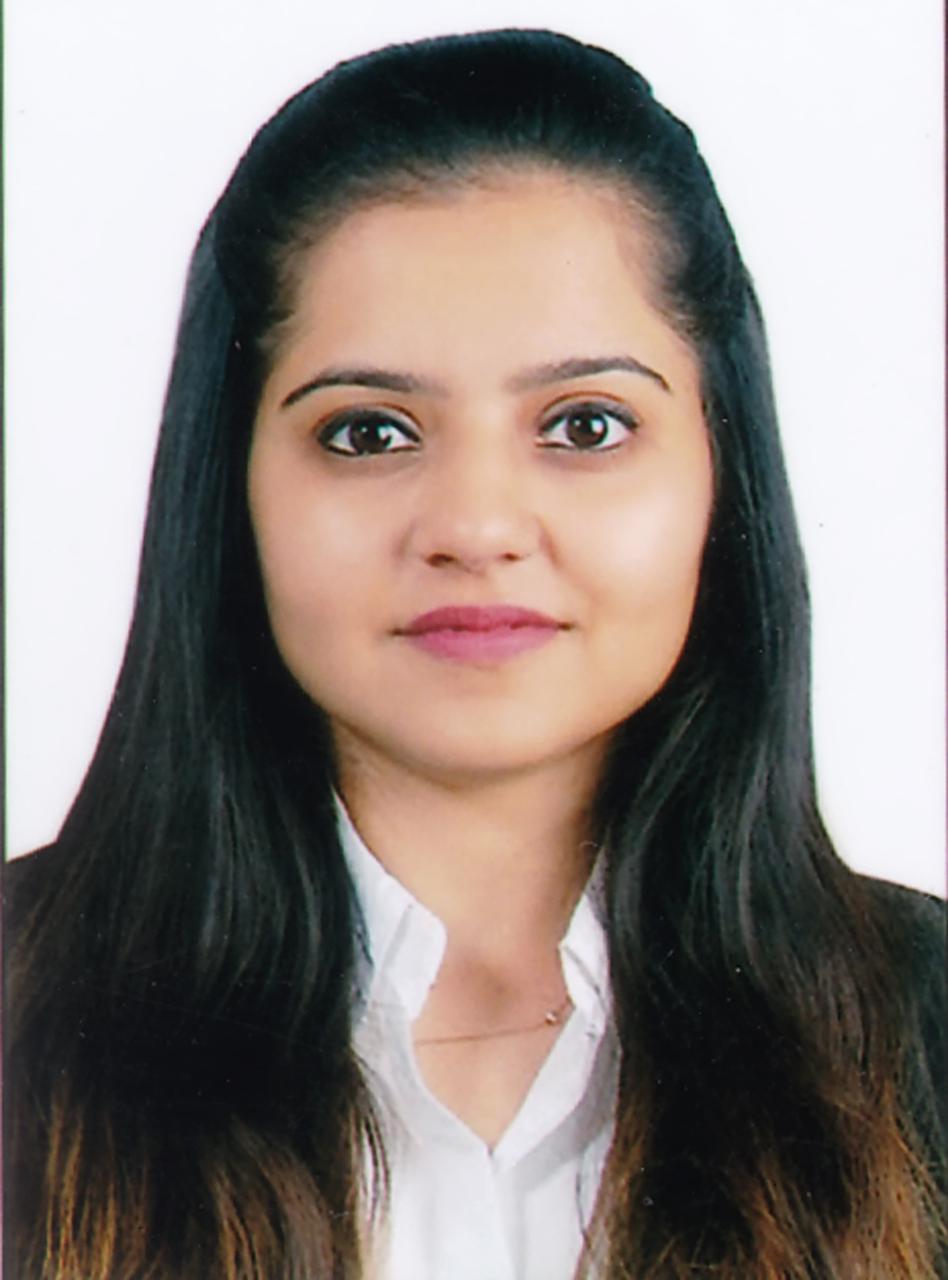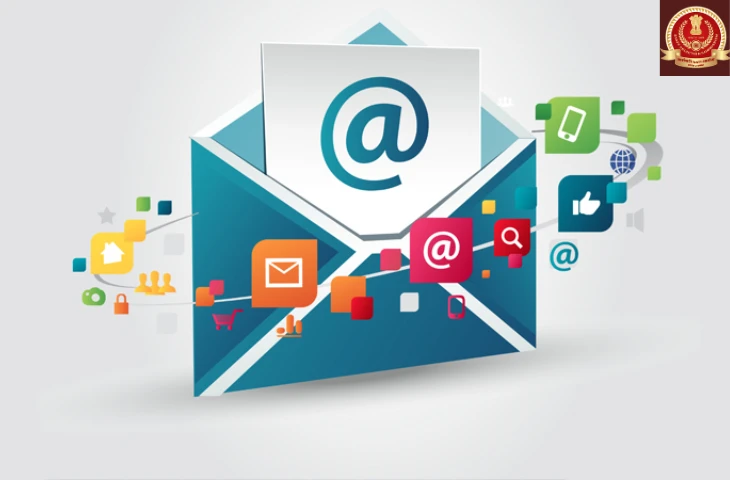Managing an email account is a basic yet important part of computer awareness in SSC CGL Tier 2. Candidates are often tested on email features, etiquette, security, and management practices. Understanding these topics helps in both theory and scenario-based questions.
What is an Email Account?
An email account allows a user to send, receive, and organize electronic messages over the internet. It is widely used for personal, educational, and professional communication.
What are the features of an Email Account?
An email account is a fundamental tool for communication in personal, educational, and professional settings. Understanding its features is essential for SSC CGL Exam, as questions often test knowledge of email functions and terminology. These features help users organize, send, receive, and manage emails efficiently while maintaining security and accessibility.
- Inbox: Stores received emails.
- Sent Items: Keeps a copy of emails sent by the user.
- Drafts: Stores unfinished emails that can be sent later.
- Spam/Junk Folder: Holds unwanted or suspicious emails.
- Trash/Deleted Items: Stores deleted emails temporarily.
- Contacts: Stores email addresses and details of frequently used contacts.
Managing Emails Effectively
Email management is an essential part of computer awareness and digital communication, especially for SSC CGL Tier 2 aspirants. Effective email management helps maintain productivity, ensures professionalism, and enhances security. By organizing emails, following proper etiquette, and using built-in tools like filters and labels, users can communicate efficiently while keeping their accounts safe.
| Category | Best Practices / Description | Purpose / Benefit |
| Organizing Emails | Use folders or labels (e.g., Work, Personal, Important) and archive old emails. | Keeps inbox clutter-free and improves efficiency. |
| Email Etiquette | Use a professional email ID, write clear subject lines, and include proper greetings and signatures. | Ensures professionalism and clear communication. |
| Security Measures | Use strong passwords, enable two-factor authentication (2FA), avoid unknown links, and update recovery options. | Protects email accounts from hacking and unauthorized access. |
| Managing Spam | Mark unwanted emails as spam and avoid subscribing to untrusted sites. | Reduces junk mail and prevents phishing attacks. |
| Search and Filters | Use search tools and filters to locate or auto-sort emails. | Saves time and improves email organization. |
Also check out: SSC CGL Typing Test Errors to minimize your errors in Data Entry Speed Test.
Key Takeaways:
Below are the key take aways:
- Know email terminology like inbox, CC, BCC, attachments, and drafts.
- Be aware of email security practices and spam management.
- Scenario-based questions may ask about sending, receiving, organizing, or securing emails.
- Understanding email features improves speed and accuracy in answering questions.
FAQs
Ans. An email account allows a user to send, receive, and organize electronic messages over the internet. It is used for personal, educational, and professional communication.
Ans. Key features include Inbox, Sent Items, Drafts, Spam/Junk folder, Trash/Deleted Items, and Contacts.
Ans. Emails can be organized using folders, labels, and by archiving old emails to reduce clutter and improve efficiency.
Ans. Use a professional email ID, write clear subject lines, use greetings, proper punctuation, and include a signature for formal communication.
Ans. Use strong, unique passwords, enable two-factor authentication (2FA), avoid clicking on unknown links, and regularly update recovery options.
- Most Repeated Quantitative Aptitude Questions for SSC CHSL 2025
- Windows OS and Microsoft Office Basics for SSC CGL Tier 2
- e-Banking for SSC CGL Tier 2, Benefits & Security
- Web Browsing & Searching Tips for SSC CGL Tier 2
- Downloading & Uploading for SSC CGL Tier 2 Prep
- SSC CGL Tier 2 Books 2025, Complete Subject-Wise List

I’m Mahima Khurana, a writer with a strong passion for creating meaningful, learner-focused content especially in the field of competitive exam preparation. From authoring books and developing thousands of practice questions to crafting articles and study material, I specialize in transforming complex exam-related topics into clear, engaging, and accessible content. I have first hand experience of 5+ months in SSC Exams. Writing, for me, is not just a skill but a way to support and guide aspirants through their preparation journey one well-written explanation at a time.
